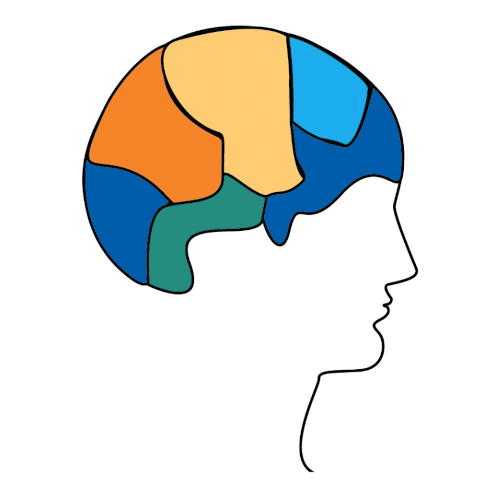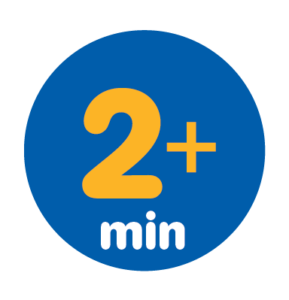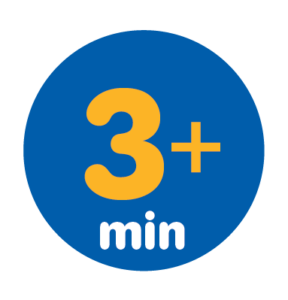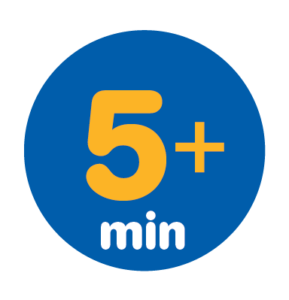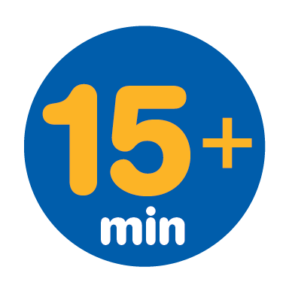Brain Workout 2.0 Class 1 Pilot
CLASS 1 | NEW CONNECTIONS
Connect classmates with a fun, social icebreaker workout.
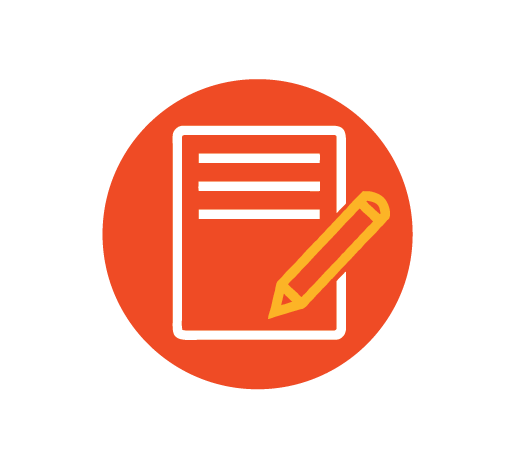
TRAINER OVERVIEW
- Timer or stopwatch
- Whiteboard or flip chart and markers
- Now Do It! worksheets and TBH Takeaway handouts, enough for each student
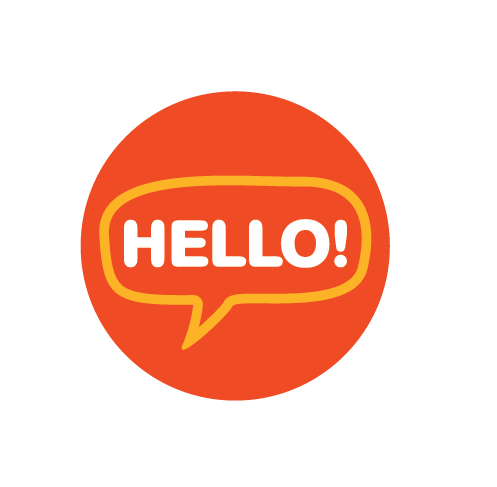
WELCOME TO CLASS
Welcome to today’s class! Our topic is “New Connections.”
Our TBH Blueprint focus is the “Socialize” action point.
Research shows that being social may in fact be one of the best things we can do for our brains. Simply spending time with others has been linked to a lower risk for memory loss over time.
We will be working on the following thinking skills today:
- Attention
- Speedy Thinking
- Nimbleness
- Verbal Skills
- Memory
- Problem Solving
- Executive Control
Hand out the TBH Welcome Packet to all new students for a more complete introduction.
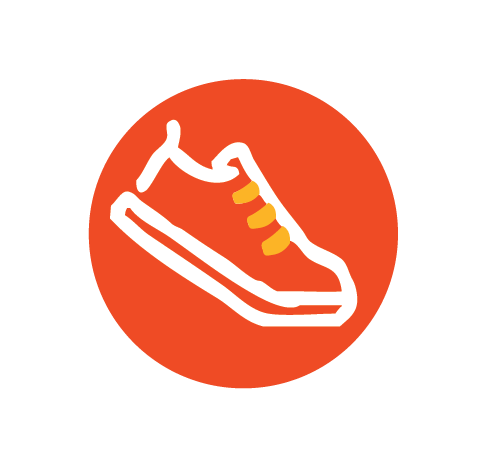
TBH LET'S GET IT STARTED
We are going to begin with TBH Let’s Get It Started!
Being physically active is great for our brains. This quick warmup is a great way to get focused, build energy and get us ready to learn. We’ll do this right at our seats at the beginning of every class. Just watch what I do and follow along!
(At end of warmup) Great job, everyone! We are started up and ready to go!
FEET GET STARTED!
- Lift toes to the sky for 5 beats. Feel the stretch while counting together from 1 to 5.
- Lift heels off the floor for 5 beats. Feel the stretch while counting backwards from 5 to 1.
- With feet on the floor, curl your toes tightly and hold for 5 seconds, counting backward E to A. Relax then repeat once more.
LEGS GET STARTED!
- Gently kick legs out from the knee, alternating legs. 8 repetitions. Count together backward from H to A.
- While sitting tall with feet together, gently swing right leg open to the right and tap toes. Then bring legs together. 5 repetitions. Count backward 5 to 1.
- Repeat with left leg swinging it open and tapping toes to the left side. Then bring legs together. 5 repetitions. Count backward from 25 by 5’s (25, 20, 15, 10, 5).
- Stamp feet on the ground, alternating feet. Make “noise” with group.
BACKS GET STARTED!
- While seated, gently twist upper body to the right. Hold and count together 1 to 5.
- Repeat to the left, gently twisting the upper body to the left. Hold and count together 1 to 5.
- Reach arms forward, gently rounding the upper back. Hold for 5 counting E to A, then reach arms up, straightening upper back. Hold for 5 seconds. Count A to E.
ARMS GET STARTED!
- Gently shake arms at the side of the body, open and close hands.
- Circle wrists a few times clockwise and counterclockwise.
- With arms straight in front, use right hand to gently pull left-hand fingers up to the sky for a nice forearm stretch. Hold for 5 seconds. Count by 2’s (2,4,6,8,10). Then, use the right hand to help gently push the left-hand fingers down towards the floor for another stretch. Hold for 5 counts. Count backwards by 2’s. (10, 8, 6, 4, 2).
- Repeat on the other side. With straight arms, use left hand to gently pull right-hand fingers up to the sky for a nice forearm stretch. Hold for 5 seconds. Count A to E. Then, use the left hand to help gently push right-hand fingers down towards the floor for another stretch. Hold for 5 counts. Count E to A.
- Slowly circle shoulders to the front. 3 repetitions. Circle shoulders to the back. 3 repetitions. Count together 1 to 3 and then 3 to 1.
VOICES GET STARTED!
- Say “OHHHHHHHHHH.” Have group say sound with you. Hold for a few seconds. Try lifting eyebrows while making noise for a surprised facial expression.
- Say “EHHHHHHHHHH.” Have group say sound with you. Hold for a few seconds. Try smiling while vocalizing.
- Say “AHHHHHHHHHH.” Have group say sound with you. Hold for a few seconds. Try frowning while making noise.
- SSay “OH – EH – AH.” Hold each sound for a few seconds. 3 repetitions. Use the facial expressions for each sound.
- Say “I wish to wash my wristwatch.” Repeat this famous tongue twister exercise, focusing on articulation and participation. 3 repetitions.
BREATH GETS STARTED!
- Slow focus to bring awareness to sitting still in chair.
- Take a deep breath in through the nose and out through the mouth.
- Give a full body shake and a wiggle.
- Give selves big hug, wrapping arms across waist and squeezing gently, as able.
- Thank selves and send some “TBH love” to our brains!
Click to open the TBH Let’s Get It Started! playlist.
Click for the TBH Let’s Get It Started! complete guide.
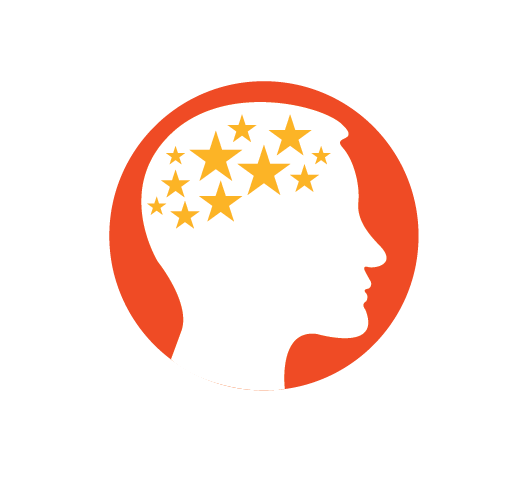
TBH BRAIN PLAY | Words In Song
- Get everyone ready to learn with this fast-paced cognitive warmup.
- Challenge everyone to recall songs from a prompt word.
Now let’s do our “Brain Play.” Research shows that working against the clock is an important way we can keep our thinking focused, fast and nimble. We will “play” with our brains at the start of every class to support these important cognitive skills.
Today’s Brain Play is called “Words in Song.” I am going to share a word. We will work together to sing the lines from songs that include that word. Let’s see how many songs we can come up with for each word! For example, if the word is “years” you might sing the line “Little darling, it seems like years since it’s been here.”
We’ll need to work quickly so let’s keep a nice pace! If time allows, we’ll do another round. Ready?
(At end of workout) Great job, everyone – that certainly got us thinking!
- Lead this quick cognitive warm up to build attention, processing speed, nimbleness and other cognitive skills, as well as group connection.
- Select a prompt word from the list below. Ask your class to work together to think of and sing phrases from songs that include that word, continuing with as many song phrases as they can recall for that prompt word.
- Have everyone clap or snap fingers to set a good pace. If time allows, repeat with a new prompt word.
- When repeating this class, use a different word prompt.
- Encourage distance learners to join in from home.
“WORDS IN SONG” PROMPT WORDS (pick one)
Friend
Love
Dance
Star
River
Happy
Blue
Rock
Summer
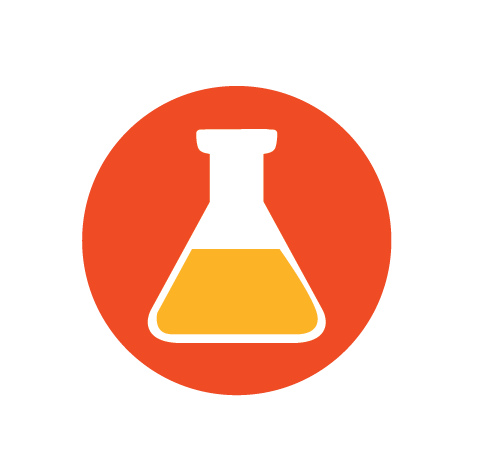
LEARN THE TBH SCIENCE
Spending time with others really helps us to think more clearly. A recent AARP survey found that folks over 40 who have larger social networks report better brain health than those with a smaller number of social ties. Conversely, those unhappy with their level of social engagement are more likely to complain of cognitive problems. Altogether the research shows that staying socially active may be one of the most important keys to long-term brain vitality and decreased risk of dementia.
Social ties also matter to sharper daily thinking. Engaging in social activities, even just dinner with friends, gives us a great workout of the very intellectual skills that can diminish with age, namely attention, quick and flexible thinking, reasoning and memory.
Interestingly, researchers have found that group brain workouts may be superior to other forms of brain training exercises for boosting thinking skills. To quote the researchers who looked across multiple studies, “cognitive interventions produce maximum benefits when participants trained in groups” (Kelly et al., 2014).
The experts at Total Brain Health have developed a unique approach that combines brain training with the skills-building benefits of socialization. They call this model “Social-Based Brain Training.” It gives us the chance to work on our thinking skills together in each and every class. This is true whether we are together in person or learning virtually.
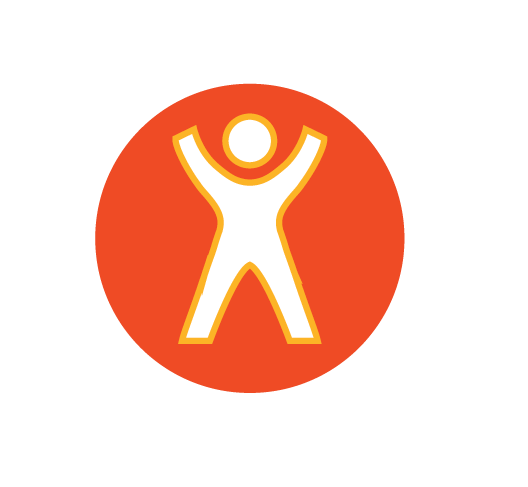
NOW DO IT!
Okay everyone, let’s get to know each other a bit better and at the same time warm up our attention skills to help boost our brain power. For this exercise, we will pair up. Be sure to choose someone you don’t know already.
To begin, one of you will ask the other partner these two questions:
• What is your first name?
• Tell me a story about the last thing you forgot.
You will then introduce all of us to your partner by name and tell us the last thing they forgot. We will then switch roles and repeat the exercise, so everyone has a chance to be introduced. For example, if someone was asking me these questions, I would say “My name is (your name) and I recently forgot (fill in an example of the story behind something you recently forgot).” Ready?
(At the end of workout) Great job, everyone. It’s nice to get to know each other and learn that we all forget. We are all in this together!
- Option to distribute the Now Do It! class worksheets.
- “Pair Up” your class into small groups of two or three if needed.
- Have the first person ask their partner 2 questions.
- Have the first person introduce the second person to the class using their name and story.
- Have partners switch roles and repeat exercise.
- When repeating this class, be sure to mix up the partner groups.
- For virtual delivery, modify to do “All Together.” Adjust scripting accordingly.

TBH TAKEAWAY
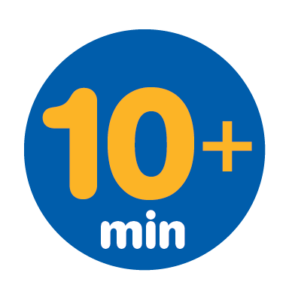 Share this brief wrap-up to end the workout.
Share this brief wrap-up to end the workout.- Distribute or email class handouts.
- Ask students to share one thing they will “take away” from today’s class.
Since research has shown us that our brains work faster and smarter when we’re in the company of others, these classes are the perfect place to connect with one another and enhance our cognitive skills. I’m looking forward to seeing what we can do together.
Here is a handout to take home with ways we can boost our social lives for the good of our brains.
What are a few ways you can connect with others in your daily lives?
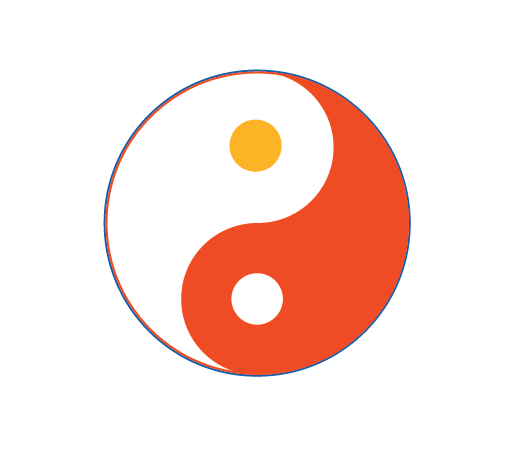
TBH TAKE A BREATH
Let’s wrap up with “TBH Take a Breath.” Being mindful of our breath and sharing some positive thoughts is a wonderful way to acknowledge what we’ve learned together before we go back to our day. Research also shows that these kinds of exercises help us focus better and even learn more effectively.
- Have students get comfortable, resting both feet flat on the floor, hands resting in their laps.
- Have students close their eyes and keep them gently closed.
- Ask students to focus their attention on their breathing, noticing the rate and rhythm of their breath. Allow them to focus on their natural breathing for a few moments.
- Instruct students to begin rhythmic breathing. Ask them to inhale slowly and deeply through their nostrils, breathing gently into their chest and belly. Then ask them to exhale slowly through their lips, slowing the rate and rhythm of their breath.
- Have students continue rhythmic breathing, instructing them to continue to focus on gently and slowly inhaling and exhaling, allowing their attention to simply “ride” the wave of their breath. Allow them to focus on rhythmic breathing for several moments.
- Offer the following positive affirmation statements below in a calm, slow voice. Invite students to simply listen, repeat the phrase silently to themselves, or to think about what each statement means to them.
My body is relaxed.
I am grateful for the people I spend time with.
I am grateful for the friends I have yet to meet.
I am grateful for myself.
I take this time and this breath for me.
- Pause for several moments.
- End the exercise by inviting students to bring their awareness back to the room, gently opening their eyes and becoming more aware of their surroundings.
- Invite them to end practice with gratitude for taking a moment for themselves, for the chance to learn together and connect with each other.
Click for the TBH Take a Breath music playlist.
Click to open the TBH Take A Breath complete guide.

COMING UP NEXT!
I am so glad we had this time to learn together today. It was nice to give our brains a boost and connect with each other.
I look forward to seeing you for our next Total Brain Health class. Be sure to bring a friend!
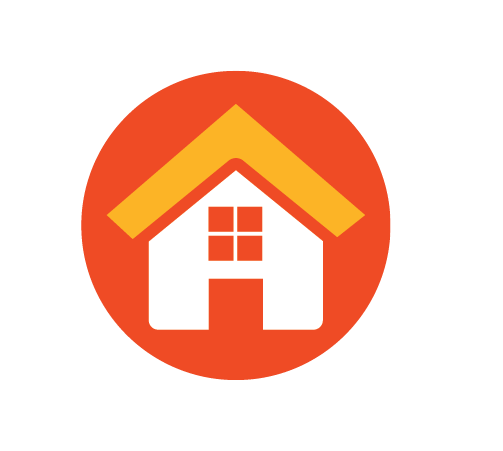
CLASS RESOURCES
NOW DO IT! WORKSHEETS
Use these optional worksheets to run your class.
New Connections Worksheet. Icebreaker prompts to promote socialization and group support.
TBH TAKEAWAY HANDOUTS
Distribute these optional handouts to extend the learning experience.
Is Your Social Life Bad for Your Brain? 3 Reasons Why Staying Social Matters to Your Thinking. A Total Brain Health White Paper.
ADDITIONAL RESOURCES
40 Icebreakers for Small Groups (Grahame Knox) This excellent e-Book with many icebreakers can be used in daily life, outside of a formal group setting.

